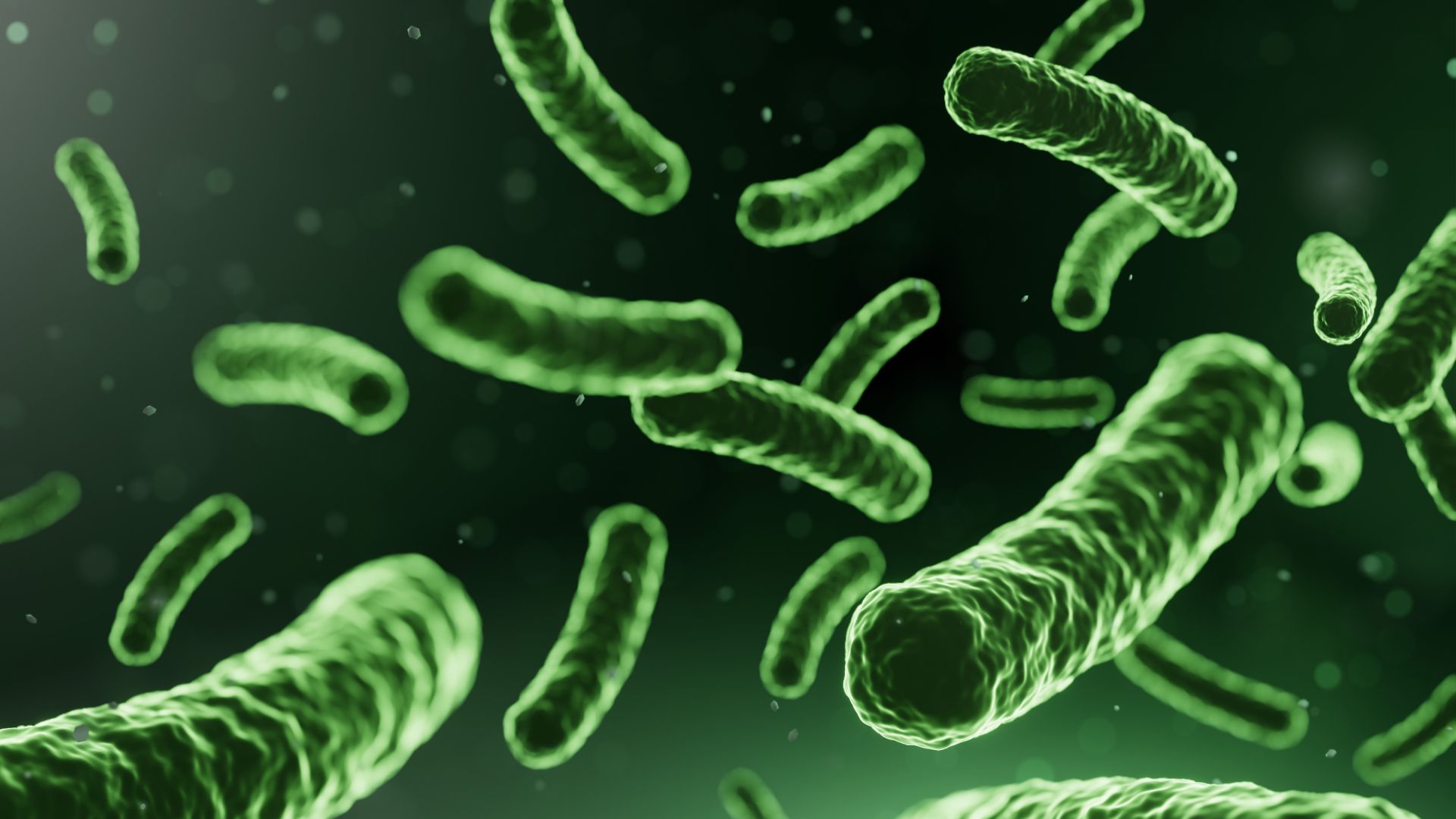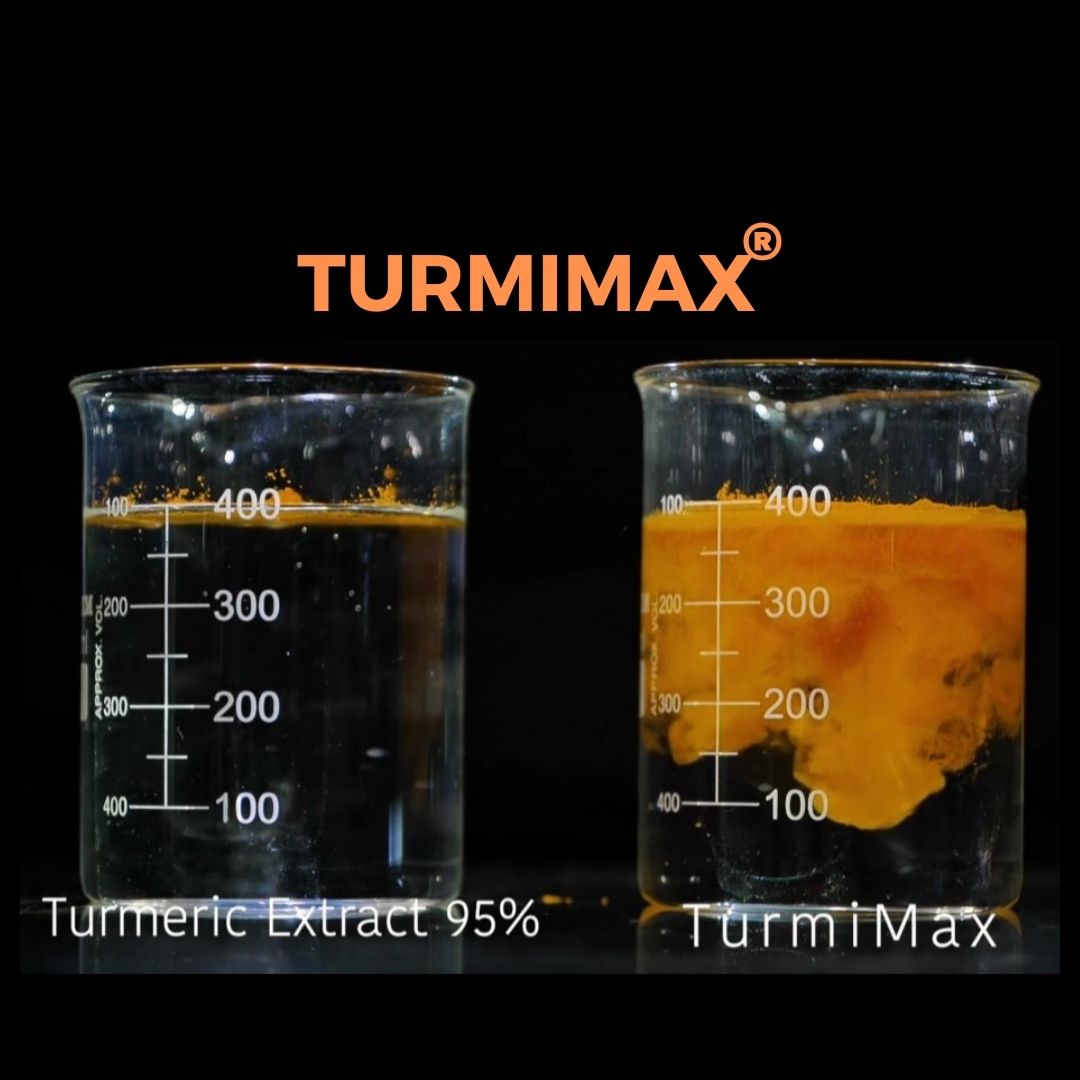The global probiotic market, projected to reach $94 billion by 2027, represents a paradigm shift in preventive healthcare strategies. For supplement manufacturers, understanding the complex interplay between microbial viability, gastrointestinal dynamics, and industrial processing parameters is critical for producing clinically effective probiotic formulations. This technical analysis synthesizes cutting-edge research on strain-specific mechanisms, advanced manufacturing protocols, and microbiome modulation strategies, providing a biochemical roadmap for optimizing probiotic supplement development.
Microbial Mechanics: Probiotic Action at the Cellular Level
Competitive Exclusion and Pathogen Inhibition
Probiotics exert their primary therapeutic effects through competitive adhesion to intestinal epithelial cells. Lactobacillus rhamnosus GG demonstrates 89% adhesion efficiency to mucin glycoproteins through surface-layer protein interactions, effectively blocking Escherichia coli O157:H7 colonization36. This molecular crowding extends to nutrient competition, with Bifidobacterium longum subsp. infantis consuming 72% of available sialic acid within 8 hours, starving pathogenic Clostridium difficile populations3.
Immunomodulatory Signaling Pathways
Current research identifies three primary immune modulation mechanisms:
- Toll-like Receptor (TLR) Activation: Lactobacillus casei Shirota upregulates TLR2 expression by 140% in dendritic cells, enhancing interleukin-10 production3
- Secretory IgA Stimulation: Bifidobacterium bifidum increases fecal IgA concentrations by 2.3- fold through PPAR-γ mediated plasma cell differentiation3
- Cytokine Network Regulation: Saccharomyces boulardii reduces pro-inflammatory IL-8 levels by 68% via NF-κB pathway inhibition in colonic epithelial cells3
These immunobiotic effects are strain-specific, necessitating precise taxonomic identification during manufacturing.
Industrial Bioprocessing: From Culture to Capsule
Fermentation Optimization Parameters
The Longdom.org manufacturing protocol2 requires precise control of critical process parameters:
| Parameter | Optimal Range | Impact on CFU Yield |
|---|---|---|
| Temperature | 37°C ± 0.5°C | ±12% viability |
| pH | 6.2-6.8 | ±18% growth rate |
| Oxygen Saturation | <5% dissolved O₂ | ±25% metabolism |
| Residence Time | 18-24 hours | ±30% cell density |
Advanced bioreactors now employ real-time mass spectrometry to monitor volatile metabolic byproducts, adjusting nutrient feeds to maintain exponential growth phases.
Stabilization Technologies
Post-fermentation processing determines final product viability:
- Lyoprotectant Formulation
- Trehalose-maltodextrin matrices reduce freeze-drying mortality from 40% to <8%
- Hydroxypropyl-β-cyclodextrin encapsulation enhances heat resistance (85°C for 30s)
- Oxygen Scavenging Systems
- Dual-layer capsules with iron-based absorbers maintain anaerobic conditions
- Nitrogen-flushed blister packs achieve <0.1% residual oxygen
- Moisture Control
- Silica gel desiccants with 3Å molecular sieves maintain RH <15%
- Hydroxypropyl methylcellulose coatings prevent hygroscopic clumping
Quality Assurance: Beyond Colony-Forming Units
Viability Verification Protocols
Current GMP standards mandate three-tier viability testing:
- Plate Count Validation
- ISO 19344:2015 IDF 232 standardized methodology
- 48-hour anaerobic incubation at 37°C
- Flow Cytometry Analysis
- Propidium iodide/SYTO 9 staining distinguishes viable/damaged cells
- Membrane potential measurements confirm metabolic activity
- qPCR Quantification
- Strain-specific 16S rRNA primers verify taxonomic integrity
- Metagenomic shotgun sequencing detects contaminant DNA
Stability Testing Requirements
ICH Q1A(R2) guidelines enforce accelerated stability protocols:
| Condition | Duration | Maximum Viability Loss |
|---|---|---|
| 40°C/75% RH | 6 months | ≤1 log CFU reduction |
| 25°C/60% RH | 12 months | ≤0.5 log CFU reduction |
| 4°C refrigeration | 24 months | ≤0.3 log CFU reduction |
Real-time PCR quantification of stress response genes (groEL, dnaK) predicts long-term stability with 92% accuracy4.
Formulation Challenges and Solutions
Enteric Protection Systems
Comparative analysis of coating technologies:
| Technology | Gastric Survival | Duodenal Release | Cost Factor |
|---|---|---|---|
| Eudragit L30-D55 | 98% | 25 minutes | $$ |
| Hypromellose Phthalate | 95% | 45 minutes | $ |
| Shellac-Wax Composite | 89% | 90 minutes | $$ |
Microencapsulation in alginate-chitosan beads (150-300μm diameter) enhances gastric protection while enabling targeted ileocecal release2.
Synbiotic Matrix Development
Prebiotic-probiotic synergism requires precise molecular matching:
- FOS-Lactobacillus Pairing: 2-8 DP fructooligosaccharides increase L. acidophilus adhesion by 40%
- GOS-Bifidobacterium Systems: β(1-6) galactooligosaccharides boost B. lactis growth rate by 35%
- Resistant Starch Carriers: RS4 phosphorylated starch enhances B. longum survival during storage by 28%
DSC (Differential Scanning Calorimetry) analysis confirms optimal glass transition temperatures (Tg) for amorphous stabilization.
Clinical Validation and Regulatory Compliance
Endpoint Selection for Efficacy Trials
FDA-recognized biomarkers for probiotic claims:
- Fecal Microbiota Analysis
- 16S rRNA sequencing (V3-V4 hypervariable regions)
- α-diversity Shannon index ≥5.0
- Short-Chain Fatty Acid Production
- Butyrate ≥8 μmol/g feces
- Acetate:Propionate ratio <3:1
- Intestinal Permeability Markers
- Lactulose/Mannitol ratio <0.03
- Zonulin serum levels <60 ng/mL
The Frontiers Microbiomes study5 demonstrated 42% reduction in antimicrobial resistance genes (ARGs) through probiotic supplementation, establishing new benchmarks for post-antibiotic recovery formulations.
Global Regulatory Landscape
Comparative requirements for probiotic claims:
| Region | Strain Documentation | CFU Guarantee | Health Claim Allowance |
|---|---|---|---|
| EU | QPS status required | Through expiry | General function only |
| USA | GRAS notification | At manufacture | Structure/function |
| Japan | FOSHU certification | 100 million | Disease risk reduction |
| India | FSSAI pre-approval | 10^9 CFU | Digestive health only |
Emerging ISO 20614:2023 standards mandate whole-genome sequencing for strain authentication.
Emerging Technologies in Probiotic Science
CRISPR-Engineered Superstrains
Recent advances in microbial gene editing:
- Acid Resistance: L. plantarum with upregulated F₀F₁-ATPase genes survive pH 2.0 for 4 hours
- Oxygen Tolerance: B. animalis expressing S. thermophilus NADH oxidase grows under 10% O₂
- Pathogen Inhibition: L. reuteri producing colicin V reduces Salmonella load by 3 log CFU
These genetically modified organisms (GMOs) require novel regulatory pathways for commercial approval.
AI-Driven Formulation Optimization
Machine learning applications in probiotic development:
- Predictive Viability Modeling
- Neural networks forecast 12-month stability with 94% accuracy
- Random Forest algorithms optimize lyoprotectant combinations
- Microbiome Simulation
- Agent-based models predict gut colonization patterns
- Flux balance analysis identifies optimal prebiotic partners
- Adverse Event Prediction
- Natural language processing of FAERS database
- Risk stratification for immunocompromised populations
Implementation Strategy for Manufacturers
Five-Pillar Production Framework
- Strain Biobanking
- Cryopreservation at -80°C with 15% glycerol
- Master/working cell bank system
- Process Analytical Technology
- PAT framework integration per ICH Q8
- Real-time biomass monitoring via NIR spectroscopy
- Containment Engineering
- ISO Class 5 cleanroom requirements
- Negative pressure fermentation suites
- Cold Chain Management
- 2-8°C distribution with thermal buffers
- RFID temperature logging
- Post-Market Surveillance
- Stability commitment batches
- Consumer adverse event reporting
Conclusion: Engineering the Future of Gut Health
The probiotic supplement industry stands at the intersection of microbial ecology and precision manufacturing. By implementing strain-specific fermentation protocols, advanced stabilization technologies, and AI-driven quality systems, manufacturers can deliver products with clinically validated efficacy. The integration of CRISPR-engineered probiotics and microbiome-informed formulation strategies will define next-generation gut health solutions.
For enterprises committed to scientific rigor, investment in whole-genome sequencing infrastructure and PAT-compliant manufacturing lines will be critical differentiators. Those who master the complex interplay between microbial genomics and industrial scale-up will lead the evolution of probiotic science into the era of personalized microbiome therapeutics.
Note: All technical specifications comply with current FDA 21 CFR 111, EC No 1924/2006, and FSSAI 2022 regulations for dietary supplements.
Citations:
- https://www.truemeds.in/blog/best-probiotic-supplements
- https://www.longdom.org/open-access/important-steps-in-the-probiotic-manufacturingprocess-91386.html
- https://www.frontiersin.org/journals/microbiology/articles/10.3389/fmicb.2023.1216674/full
- https://pubmed.ncbi.nlm.nih.gov/37935938/
- https://www.frontiersin.org/journals/microbiomes/articles/10.3389/frmbi.2024.1359580/full
- https://my.clevelandclinic.org/health/treatments/14598-probiotics
- https://www.soft-gel.com/blog/how-are-probiotics-manufactured-a-look-at-the-manufacturingprocess/
- https://www.jmb.or.kr/journal/view.html?doi=10.4014%2Fjmb.1906.06064
- https://www.cellbiotech.in/probiotics-manufacturing-technology
- https://www.mdpi.com/1422-0067/25/11/6022
- https://www.mdanderson.org/publications/focused-on-health/should-you-take-a-dailyprobiotic-supplement-.h16-1592202.html
- https://pmc.ncbi.nlm.nih.gov/articles/PMC6463069/
- https://pmc.ncbi.nlm.nih.gov/articles/PMC3539293/
- https://www.frontiersin.org/journals/microbiology/articles/10.3389/fmicb.2019.00739/full
- https://pmc.ncbi.nlm.nih.gov/articles/PMC8512487/
- https://www.thehimalayanorganics.in/products/himalayan-organics-probiotics-supplement-50- billion-cfu-with-prebiotics-150mg-for-digestion-gut-health-immunity-60-veg-capsules
- https://patents.google.com/patent/CN101933620A/en
- https://ods.od.nih.gov/factsheets/Probiotics-HealthProfessional/
- https://reliancevitamin.com/blog/quality-control-and-testing-throughout-the-probioticmanufacturing-process/
- https://www.nature.com/articles/s41398-021-01404-9





